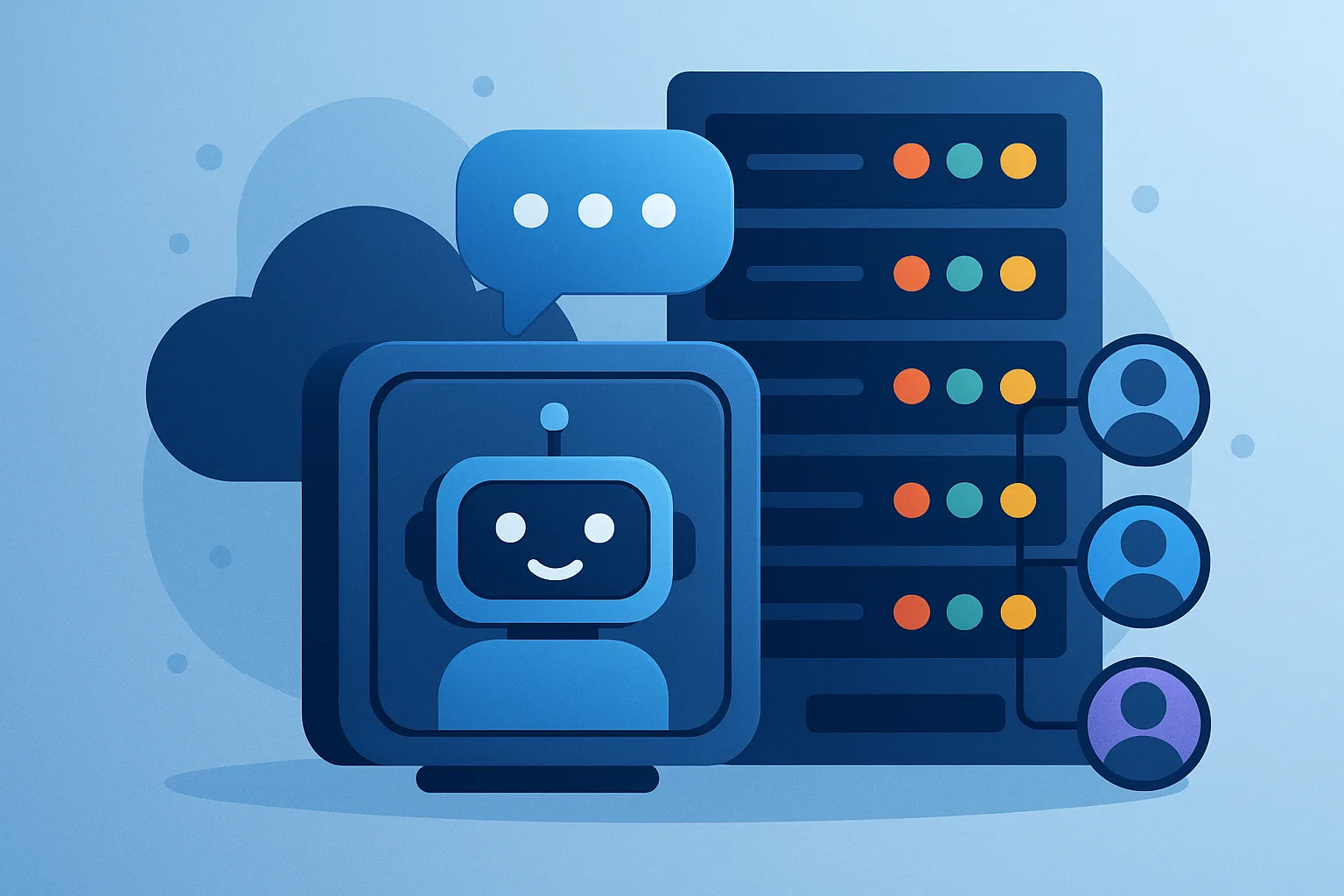Deploying ChatGPT in a multi-tenant architecture introduces powerful scalability for SaaS applications, internal departments, or enterprise clients. However, without the right safeguards, it can open the door to data leaks, API misuse, or resource contention.
Here’s how to architect a secure, reliable, and scalable ChatGPT solution across multiple tenants:
1. Isolate Tenants by Design
- Use logical separation per tenant through namespaces or containers.
- Maintain separate API keys and usage limits for each client.
- Leverage multi-tenant aware databases with strict row-level access control.
2. Implement Secure Authentication & Authorization
- Use OAuth2 or SAML-based SSO to manage access.
- Enforce token scoping to limit access per tenant.
- Implement role-based permissions within each tenant context.
3. Monitor and Enforce API Quotas
- Set custom rate limits per tenant to prevent abuse.
- Use analytics to monitor unusual consumption patterns.
- Automate alerts and throttling on quota breaches.
4. Keep Logs and Interactions Segregated
- Ensure that prompt and response logs are tagged and stored per tenant.
- Apply encryption-at-rest and audit access to tenant data.
5. Customize GPT Responses per Tenant
- Tailor prompts or system instructions to reflect tenant branding or tone.
- Load tenant-specific knowledge bases for contextual accuracy.
- Use embeddings or custom GPTs for higher personalization.
6. Automate Provisioning and Lifecycle Management
- Use Infrastructure as Code (IaC) to spin up new tenant environments.
- Auto-expire stale tenants and archive their data securely.
Final Thoughts
A robust multi-tenant ChatGPT deployment demands thoughtful separation, strong access controls, and proactive monitoring. Done right, it can deliver safe, scalable AI experiences to distinct user groups without compromising security or performance.


